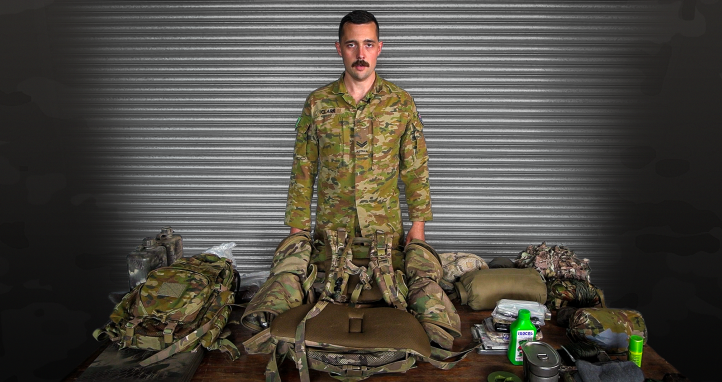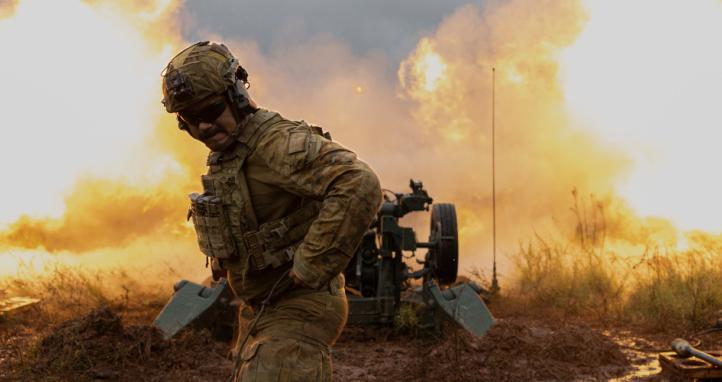SEALFIT was initially developed by retired Navy SEAL Commander Mark Divine to train special ops candidates to get into the Navy SEALS; it now has a broader audience but is still aimed at preparing individuals for operating under high levels of adversity and threat. This a neat fit with the aim of the FORCOMD resilience program which views resilience as “…the capacity of individuals, teams and organisations to adapt, recover and thrive in situations of risk, challenge, danger, complexity and adversity”. The philosophy of both SEALFIT and FORCOMD’s focus on resilience is to develop the whole person: physically, psychologically, cognitively, behaviourally and spiritually.
In this clip, Mark talks about a mental skill known as visualisation or mental imagery.
Visualisation is a technique that is often used by elite athletes when they are trying to reinforce a new skill or increase their level of proficiency eg; shooting or goal kicking. It is based on the premise that rehearsing something in your mind enables you to improve your actual physical performance. You’re essentially creating a mental blueprint using all your senses eg; imagining what you would see, hear, feel, smell, etc. It requires consistent practice like any other skill and always make sure you visualise things in a positive way.
After you’ve listened to Mark, bring up an image of you in a training activity. Where is this activity being held? Who are you training with/against? See if you can involve all the senses. What do you see? What do you hear? What do you feel? Go a little deeper. What do you smell? Play around with this image of yourself. See yourself performing at your very best. Give yourself permission to push your current boundaries, achieve something you haven’t done before.
When you saw yourself performing, what was the vision of yourself like? Was it as though you were watching yourself on a TV screen, essentially seeing your entire body as well as everything around you? Or was it more like you were looking out from your body, seeing things exactly as you would if you were there for real? (Mark refers to this as 'helmet cam'). Using the helmet cam perspective is generally considered the more powerful of the two as it helps you connect to the feeling of the visualisation. Sometimes your preference may change, depending on the goal of the visualisation, which is actually a skill you want to develop.




